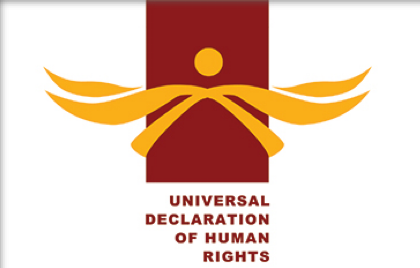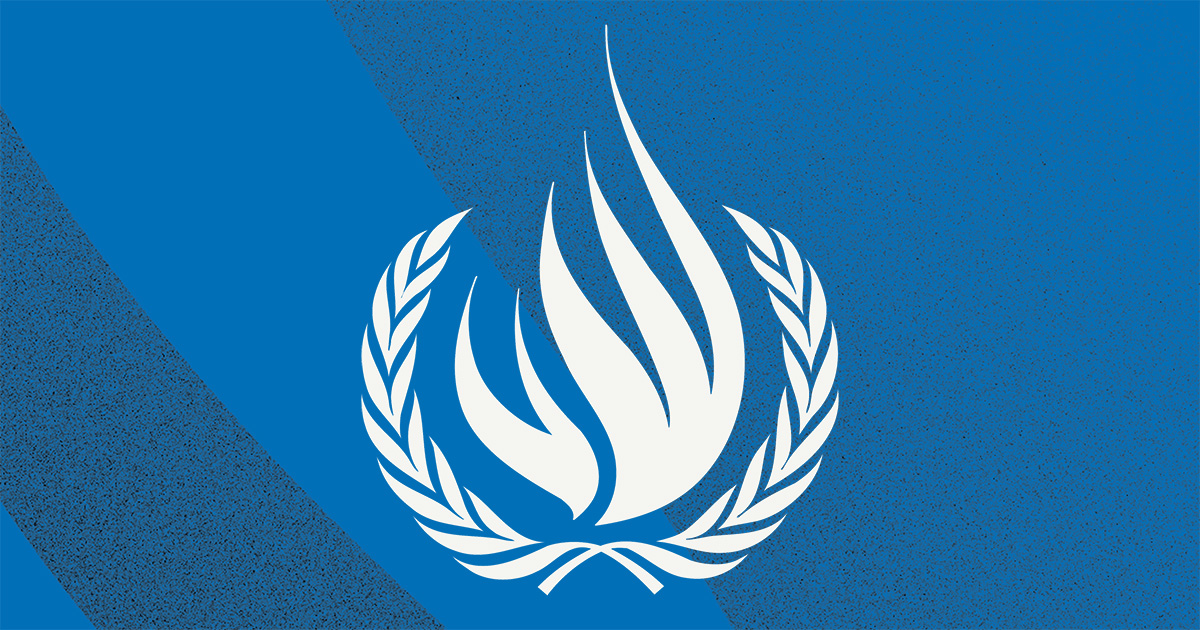Increasingly viewed as a commodity, housing is most importantly a human right. Under international law, to be adequately housed means having secure tenure—not having to worry about being evicted or having your home or lands taken away. It means living somewhere that is in keeping with your culture, and having access to appropriate services, schools, and employment.
Too often violations of the right to housing occur with impunity. In part, this is because, at the domestic level, housing is rarely treated as a human right. The key to ensuring adequate housing is the implementation of this human right through appropriate government policy and programmes, including national housing strategies.
Does the report codify anything, or is it more of a suggestion for United Nations members?
- The true reunification of the right to life and the right to adequate housing, however, can only be accomplished by a global response, led by States, including their legislatures and courts, by human rights institutions and by civil society.
- States must address issues of inadequate housing and homelessness and name them as core human rights issues linked to the right to life — in domestic law and policy and in international initiatives, including the 2030 Agenda for Sustainable Development and the New Urban Agenda. States must also conduct a thorough examination of legislation, court practice and public policies to ensure that the right to life is not restricted to a negative rights framework. States must formally recognize that the right to life includes the right to a place to live in dignity and security, free of violence, and ensure access to justice for all victims of violations of the right to life, including those linked to homelessness and inadequate housing. Governments must ensure the effective integration of housing policy and social protection with human rights frameworks, mechanisms and institutions, so that housing policy is properly framed around the implementation of core human rights obligations, and access to effective remedies is incorporated in programme design and implementation.
Contents
Page
I. Introduction . . . . . . . . . . . . . . . . . . . . . . . . . . . . . . . . . . . . . . . . . . . . . . . . . . . . . . . . . . . . . . . . . . . 4
II. Unearthing the connections: life, security, dignity and housing . . . . . . . . . . . . . . . . . . . . . . . . . 6
A. Homelessness . . . . . . . . . . . . . . . . . . . . . . . . . . . . . . . . . . . . . . . . . . . . . . . . . . . . . . . . . . . . . 6
B. Informal settlements . . . . . . . . . . . . . . . . . . . . . . . . . . . . . . . . . . . . . . . . . . . . . . . . . . . . . . . . 7
C. Migration . . . . . . . . . . . . . . . . . . . . . . . . . . . . . . . . . . . . . . . . . . . . . . . . . . . . . . . . . . . . . . . . . 8
D. Natural disasters . . . . . . . . . . . . . . . . . . . . . . . . . . . . . . . . . . . . . . . . . . . . . . . . . . . . . . . . . . . 8
E. Post-conflict situations . . . . . . . . . . . . . . . . . . . . . . . . . . . . . . . . . . . . . . . . . . . . . . . . . . . . . . 9
F. Financial and housing crises . . . . . . . . . . . . . . . . . . . . . . . . . . . . . . . . . . . . . . . . . . . . . . . . . 9
G. Domestic violence . . . . . . . . . . . . . . . . . . . . . . . . . . . . . . . . . . . . . . . . . . . . . . . . . . . . . . . . . . 10
H. Independent living and institutionalization . . . . . . . . . . . . . . . . . . . . . . . . . . . . . . . . . . . . . . 11
III. Human rights law: the right to life and the right to housing . . . . . . . . . . . . . . . . . . . . . . . . . . . . 11
IV. Towards a more inclusive understanding of the right to life and the right to adequate housing 15
A. Draft general comment No. 36 of the Human Rights Committee on the right to life . . . . 15
B. Other treaty bodies . . . . . . . . . . . . . . . . . . . . . . . . . . . . . . . . . . . . . . . . . . . . . . . . . . . . . . . . . 16
C. Regional jurisprudence . . . . . . . . . . . . . . . . . . . . . . . . . . . . . . . . . . . . . . . . . . . . . . . . . . . . . . 19
D. Domestic jurisprudence . . . . . . . . . . . . . . . . . . . . . . . . . . . . . . . . . . . . . . . . . . . . . . . . . . . . . 20
V. The way forward: conclusions and strategic recommendations . . . . . . . . . . . . . . . . . . . . . . . . . . 22


